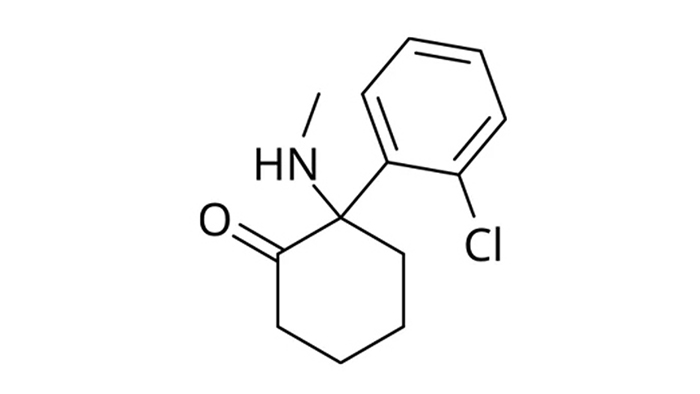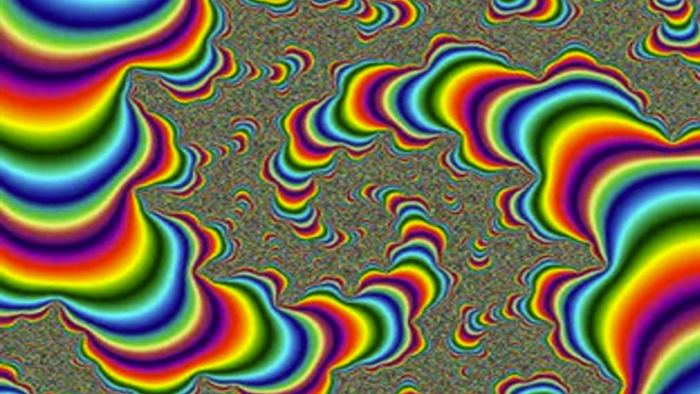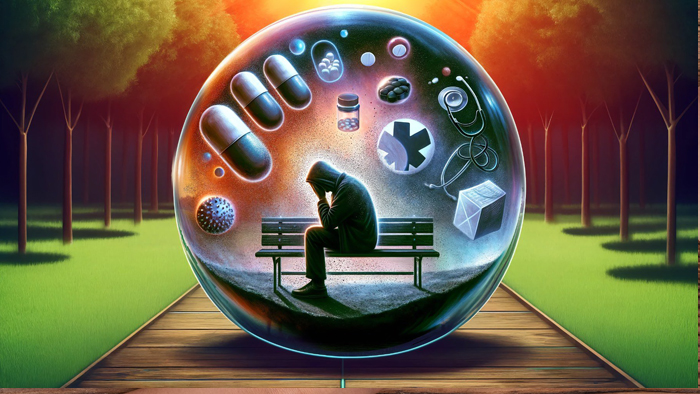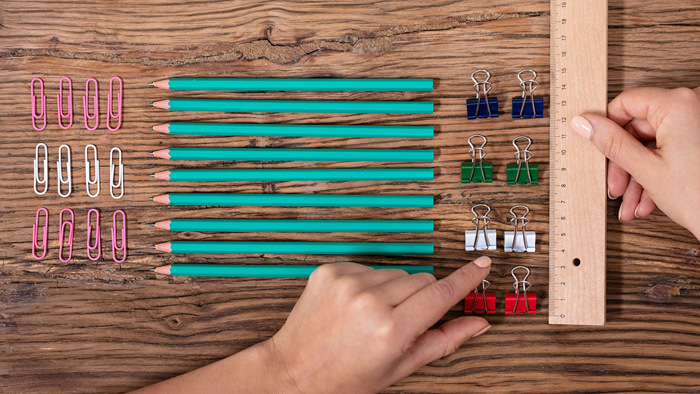Sunday, February 28, 2021
Alexander Papp MD
Patients who receive ketamine for depression, PTSD or other indications, experience distortions of time and space, and a loss of sense of self, during the peak blood levels of ketamine. These so-called psychedelic effects are classified as side effects and they are not considered to be essential to the antidepressant effect of ketamine.
Not all patients experience psychedelic effects, popularly called “trips”.
Some close their eyes when ketamine hits the cortex and open them when the effect has faded away, with nothing much to report about what happened in between. They report improvement in their symptoms nevertheless.
Some begin to feel anxious, even panicky, when they “go under” because the experience takes a literal form: people feel they are falling into a deep hole, or into a dark chasm. These patients are given an antianxiety pill before treatment and in the vast majority of cases they become able to tolerate the psychedelic effects. Their psychiatric condition will also improve.
Then there are the lucky ones, those whose trips are pleasant or enlightening, like the following account given by a patient after her seventh treatment:
“My chair, particularly the head rest, began to feel like my mother’s chest. The sounds of the waves sounded more and more like the sounds of the passing cars outside my childhood bedroom window, I felt like I was home again with her, being held and … and as I was coming out, I remembered something about how she passed and it fits into why I behave and persist in certain ways.”.
Even though the improvement in mood does not require a patient to have such positive and insightful experiences during the time ketamine is working in the brain, such realizations can be utilized in psychotherapy, or can help patients make new decisions.
But what if nothing happens after the injection is delivered? There is no colorful journey into the unconscious, no worries about falling into an abyss, not even an hour of resting quietly with eyes closed?
Two such cases occurred recently at PLC, both with patients who already had many treatments before, all of them quite intense with clear psychedelic experiences.
During their last appointments, both patients summoned the psychiatrist back to the treatment room after 40 – 45 minutes to report that even though they felt a little bit woozy after the injection, otherwise “there was nothing”. They felt relaxed, resting in their recliners with eyes open, but there were no changes in vision, or in their sense of self, there were no unusual thoughts. Not only they were disappointed due to missing the experience, they were also worried whether the treatment worked at all.
I was able to reassure them, showing them the before and after results of a mood scale, which showed their typical level of numerical improvement resulting from a treatment. But not only the numbers got better, a few days after these disappointingly flat trips (called “duds” on some patient discussion boards) both reported the degree of improvements they usually experience from a treatment.
So enjoy a pleasant trip, but fear not a dud, because ketamine works in your brain even if you don’t feel anything.






